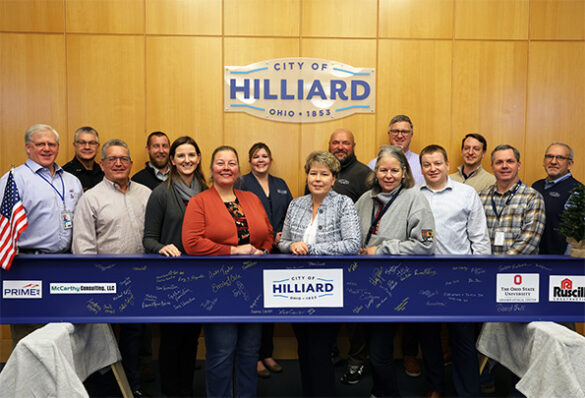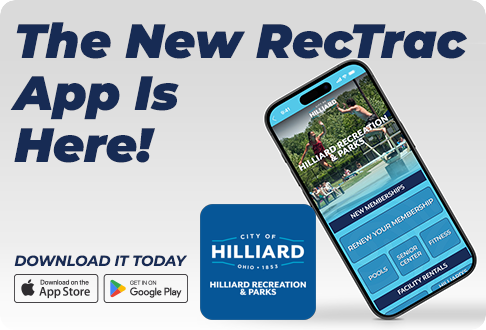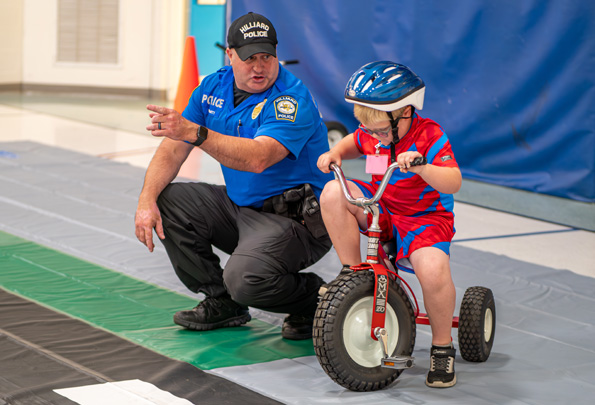- Residents
Residents
- Government
We exhibit a heart for service, dedication to excellence, and strength in teamwork.

- Recreation & Parks

Search for Hilliard Recreation & Parks in your devices app store today!
- Police & Courts
Our badge shows we protect and serve. Our approach shows we're part of the community.

- Business
- FAQ




